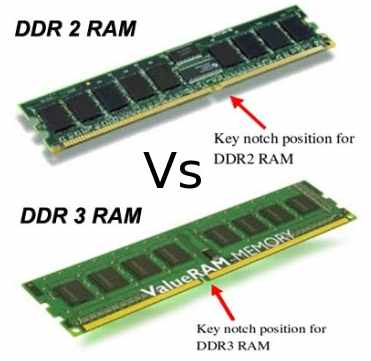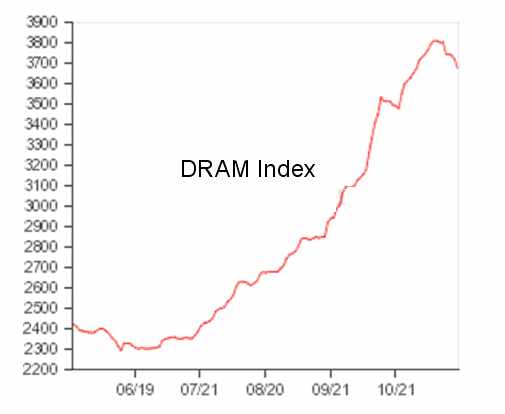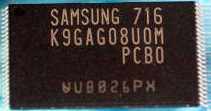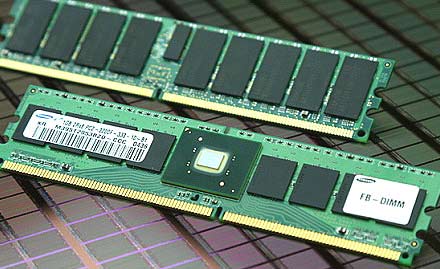The emergence of digital and Internet technologies in recent years have brought about new printing trends that will forever change the printing industry. These printing industry trends have changed the way companies do business from the design to the printing phase of operations.
In Australia, the printing industry has met these new printing trends with open arms as many have updated their workflow and production strategies to meet the changing demands. On the other hand, many of those who never made these important changes have struggled because of the growing competition by non-print and online media.
According to the Rochester Institute of Technology School of Print Media, there has been a growing media competition considering the fact that print advertising is driven by newspaper, magazine and periodical revenues while "the Internet is chipping away at traditional media usage and communication."
The recent developments in the printing industry can be attributed to several printing trends:
In Australia, the printing industry has met these new printing trends with open arms as many have updated their workflow and production strategies to meet the changing demands. On the other hand, many of those who never made these important changes have struggled because of the growing competition by non-print and online media.
According to the Rochester Institute of Technology School of Print Media, there has been a growing media competition considering the fact that print advertising is driven by newspaper, magazine and periodical revenues while "the Internet is chipping away at traditional media usage and communication."
The recent developments in the printing industry can be attributed to several printing trends:
- Workflow Digitisation
- One of the most important printing industry trends has been the electronic delivery of files as desktop publishing takes full control of the printing process.
- There is an emerging need for the electronic delivery of graphics and images, which has made film media process obsolete.
- The industry has adopted automated workflow processes that would link customers, printing systems and services like never before.
- Technology Integration
- Printing trends are gearing towards full workflow automation with the development of computer-to-plate imaging technologies that allow desktop publishing applications to output directly to a printing plate.
- Many printing presses are integrating "hybrid" printing by combining different reproduction processes since many print jobs are complex with specialised coating or printing requirements.
- There is a growing trend in cross media conversion from one file to any information distribution and electronic publishing methods.
- The advancement of digital technologies such as Direct Imaging offset presses and Inkjet printers have made colour printing cost effective.
- Changing Demands
- Printing trends have also pointed towards shorter production runs and schedules in an effort to compete with digital printing.
- Printing production now shifts closer to the point of distribution as printing trends move away from being press-centric to printer-centric.
- A greater volume of printing jobs has moved away from printing companies to those produced by desktop printing and offshore printing firms.
Penfold Research is an industry leader in office products market, printing trends and stationery market research.











